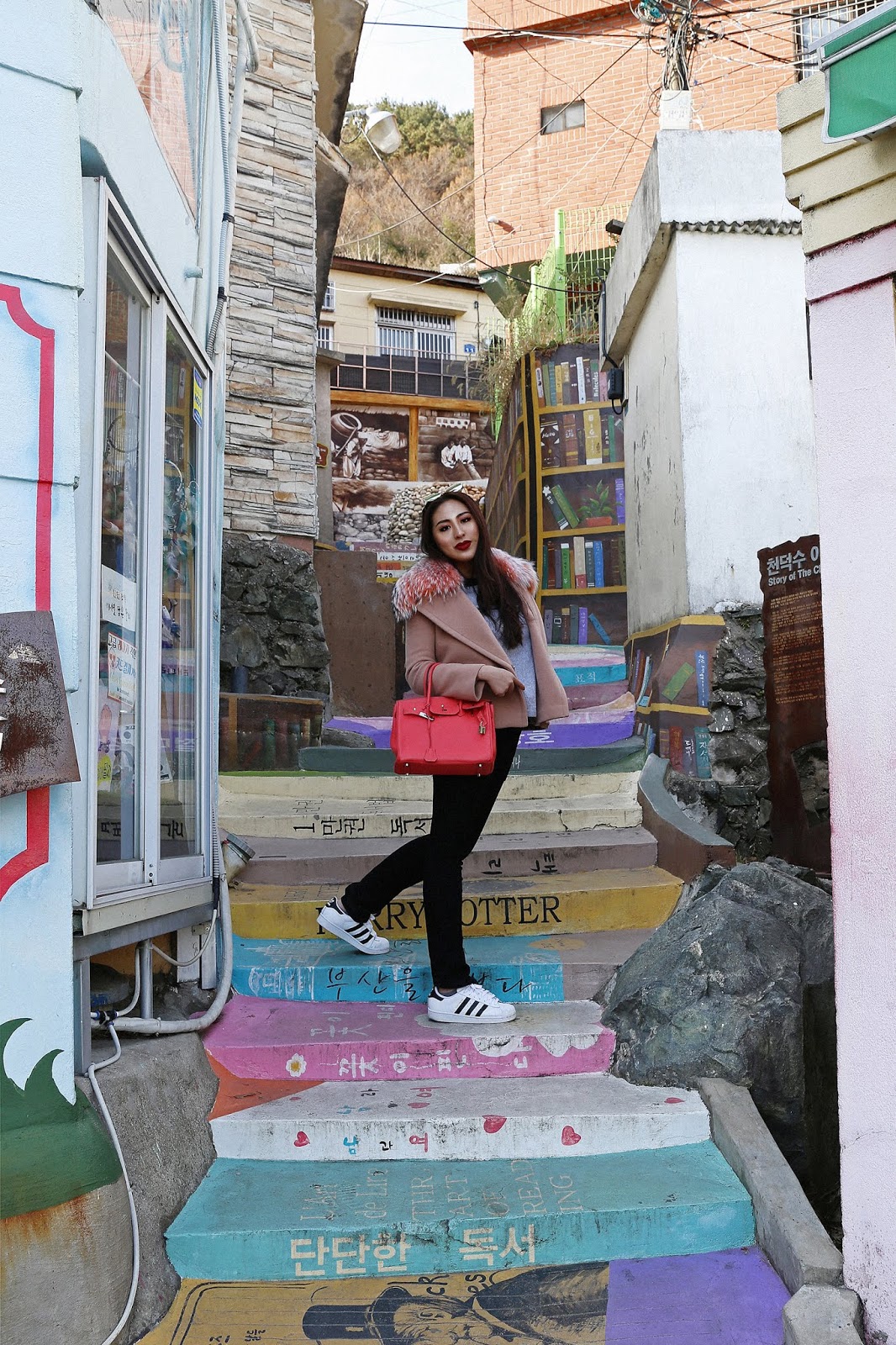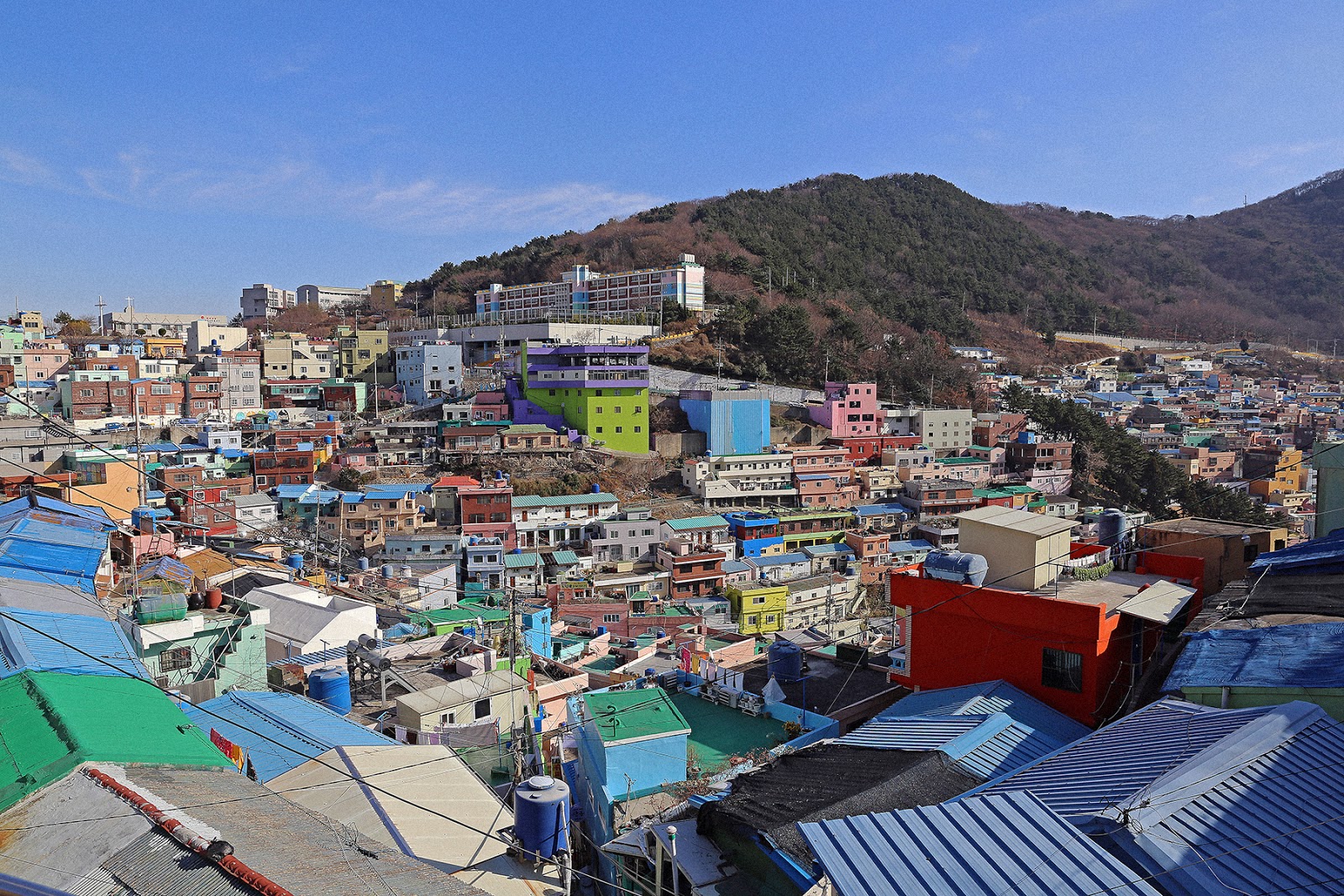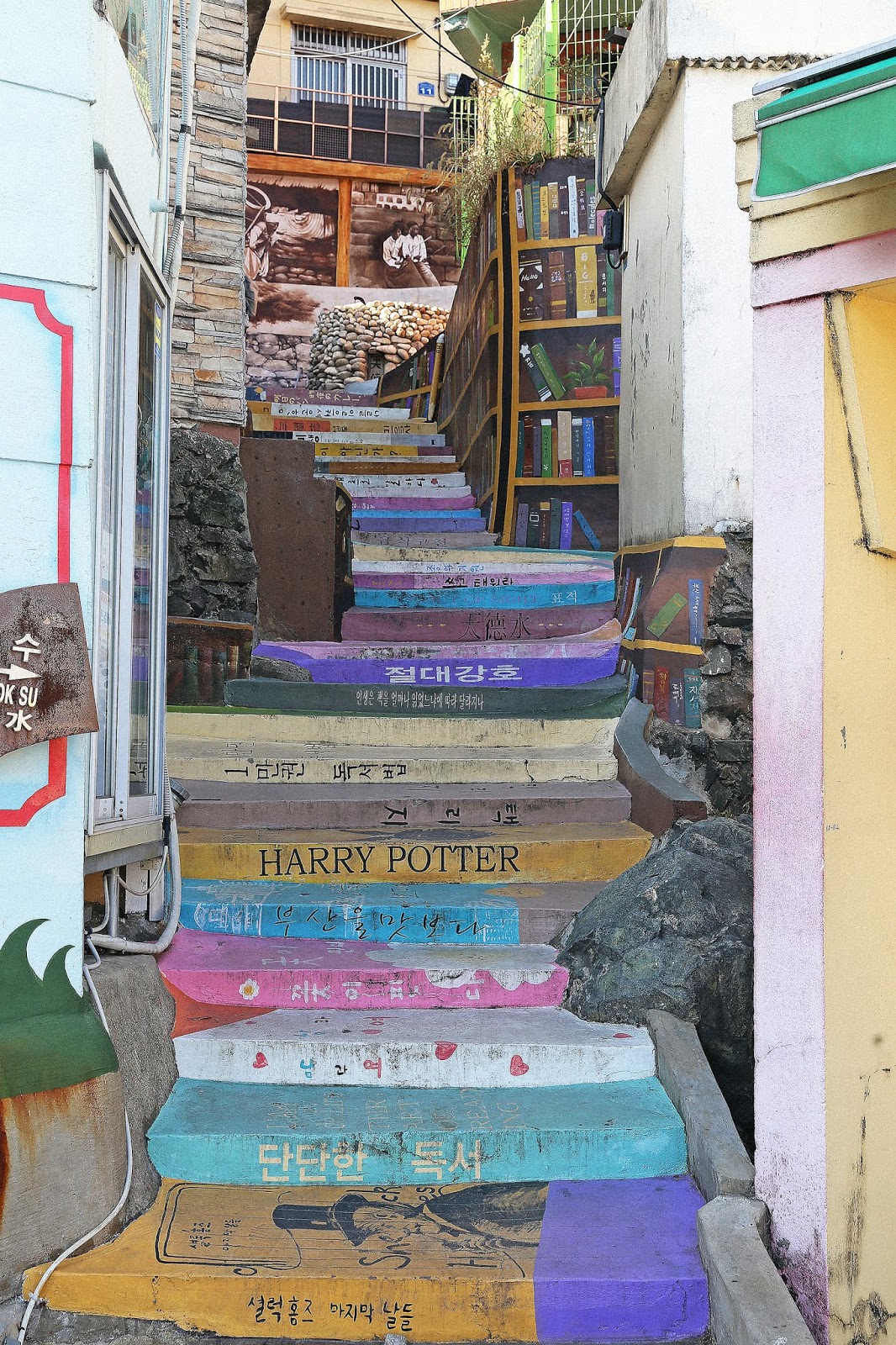Beyond the sea: There's more to BUSAN, SOUTH KOREA than its beaches, as I discovered on a cold winter's day...
Busan has been lauded as South Korea’s answer to Barcelona: a coastal town with a wide beach and more urban edge than its glossy inland cousin. Beyond its seaside charms, South Korea’s second largest city would have you know that you are in ‘Dynamic Busan, City of Tomorrow’. They’re not wrong. Some parts of Busan, especially downtown, rival the modernity in Seoul, if not outstrip it’s braggadociousness (braggadocity?). I’m talking about you, We’ve The Zenith - I’m not sure what this so-called zenith is, unless it’s a reference to being the tallest residential building in the world. Busan wants to talk about its vision for the future, while visitors think of its coastal charms (seven, count ‘em, seven beach districts). Both are very worthy reasons to visit. But of my brief sojourn in Busan, two things stood out the most to me; one of which was a pristine relic of its past, the other a exemplary case of urban regeneration done right. There is more to Busan than its beaches, as you’ll see (sea?)...
...but of course, I’ll show you what Busan looks like. I’d be doing you a disservice otherwise. The Busan Air Cruise is the most striking way to get the bigger picture. The cable car runs from its base on Songdoh Beach, climbing high above the seas to a mountain park on the other side. The view is literally breathtaking - look downward and you see, through the glass floor, the sea; and in every direction you get views of this metropolis, the beaches that make Busan such an attractive destination in summer, and mountainous woodland.
BEOMOSA TEMPLEBeomeosa (Temple of the Nirvana/Heavenly Fish) is the head temple of the Jogye Order of Korean Buddhism. Despite its proximity to the city, Beomeosa Temple is a world away from the urban sprawl. A climb from street level takes you through steep paths with pine forests on both sides, rewarding you with a temple complex set against an extraordinary mountain backdrop.
The 7th century temple on Geumjeong Mountain is one of country’s most know urban temples and more popular destinations; but on a cold winter day I had the whole place to myself. It was such a pleasure to peek through latticed windows and listen to prayers; traverse the many sloped paths and be greeted with lanterns swaying in the wind, marvel at the colours and intricacies of the architecture, and stumble upon peaks with views of the sea to realise that I was standing at the edge of the Korean peninsula. To know that this scenic wonder has a history of resisting invaders - the monks of Beomeosa Temple are famed for defeating Japanese invaders during the late 16th century and again during the Japanese occupation of Korea in the early 20th century - added to the gravitas of this sacred site. To fully appreciate the beauty of Beomeosa Temple, there is a temple-stay program. The pre-dawn chanting is said to be haunting and transcendent.
GAMCHEON CULTURAL VILLAGE
Lego Village. The Santorini/Cinque Terre of South Korea. Whatever your nickname for Gamcheon Cultural Village; there’s no taking away from the fact that the village is a successful example of urban regeneration. At first glance, Gamcheon Cultural Village is a charming cheek-by-jowl cluster of tiny, colourful buildings cascading down a steep hill, overlooking the sea, accessed through a winding maze of narrow streets and far too many stairs.
The fact is, Gamcheon Cultural Village wasn’t always a quaint place. The village developed during and just after the war, when the relative safety of Busan made it the prime destination for refugees who proceeded to make for the hills to build makeshift homes. After spending most of the 20th century as one of Busan's poorest areas, Gamcheon Cultural Village began a transformation in 2009. Under a Ministry of Culture, Sports and Tourism project; students gave the town a colourful makeover with murals, sculptures, and street art.
Five years later, and this former slum-turned-living contemporary art gallery attracts thousands of visitors. Art galleries opened, artists tried to outdo each other with more surreal and more colourful installations, and local businesses boomed. By appealing to art lovers, the selfie generation, and just the plain curious; this once shabby village turned itself into one the prime destinations in Busan.
Lego Village. The Santorini/Cinque Terre of South Korea. Whatever your nickname for Gamcheon Cultural Village; there’s no taking away from the fact that the village is a successful example of urban regeneration. At first glance, Gamcheon Cultural Village is a charming cheek-by-jowl cluster of tiny, colourful buildings cascading down a steep hill, overlooking the sea, accessed through a winding maze of narrow streets and far too many stairs.
The fact is, Gamcheon Cultural Village wasn’t always a quaint place. The village developed during and just after the war, when the relative safety of Busan made it the prime destination for refugees who proceeded to make for the hills to build makeshift homes. After spending most of the 20th century as one of Busan's poorest areas, Gamcheon Cultural Village began a transformation in 2009. Under a Ministry of Culture, Sports and Tourism project; students gave the town a colourful makeover with murals, sculptures, and street art.
Five years later, and this former slum-turned-living contemporary art gallery attracts thousands of visitors. Art galleries opened, artists tried to outdo each other with more surreal and more colourful installations, and local businesses boomed. By appealing to art lovers, the selfie generation, and just the plain curious; this once shabby village turned itself into one the prime destinations in Busan.
I hope you’re enjoyed the contrasts between 2 of Busan’s most beloved sights; and see that there’s more to Busan than just its beaches, making it a destination not just for warmer weather.














